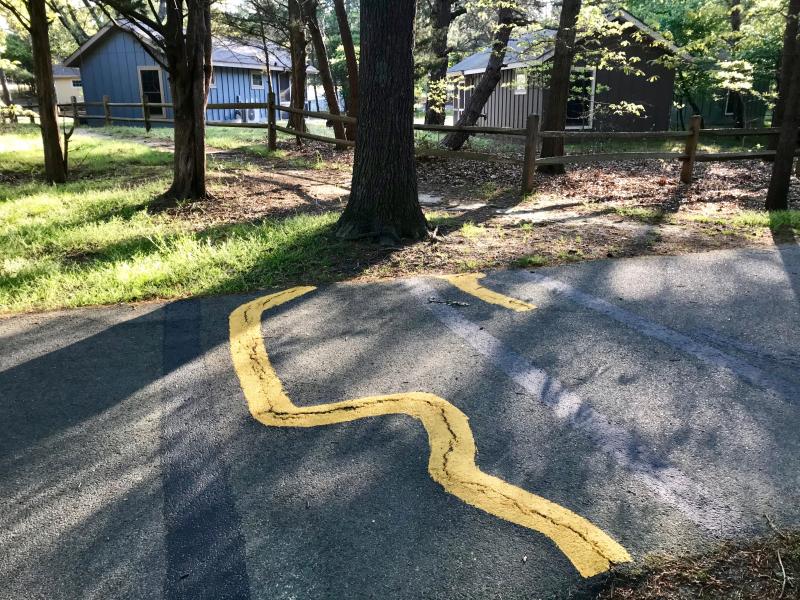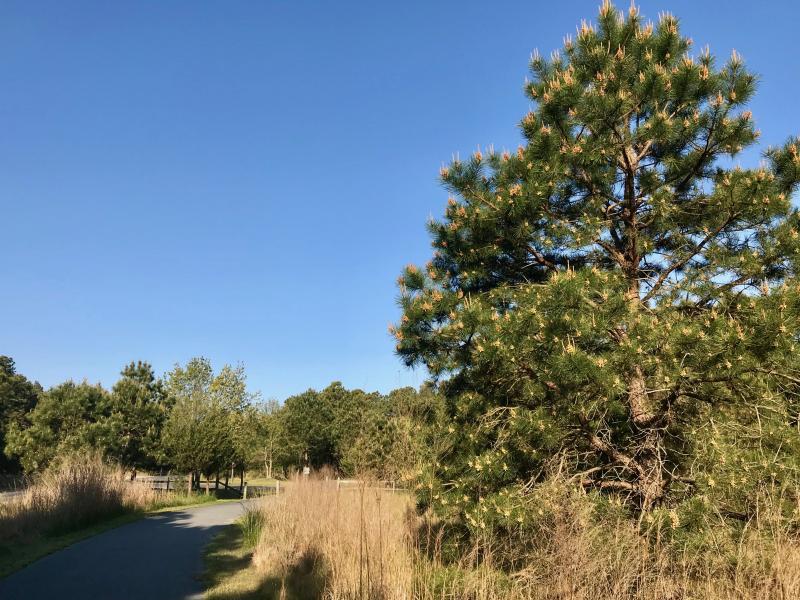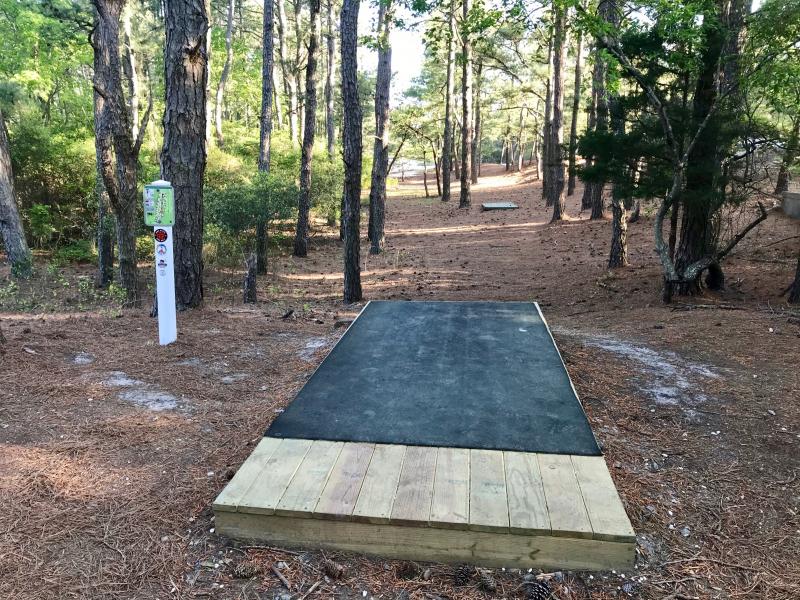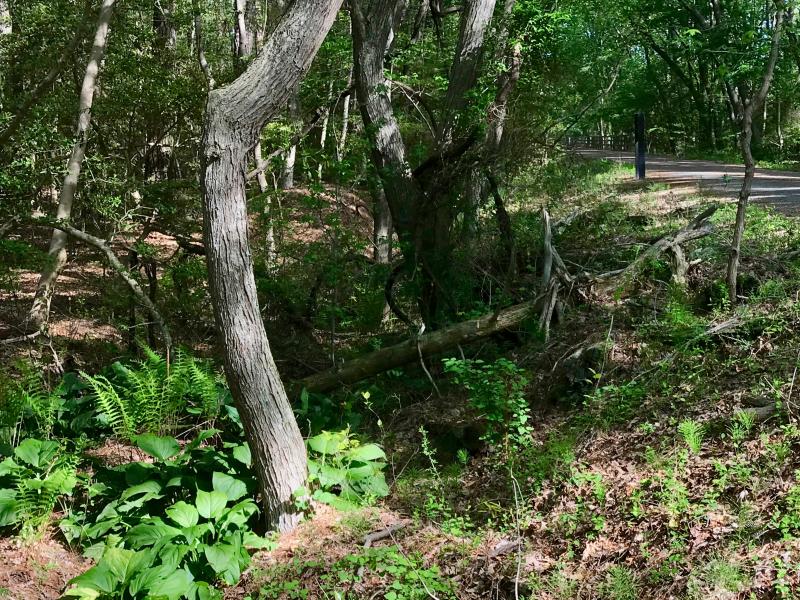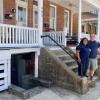Trails, trails and more trails – how grateful can we get?
Black-and-white cows grazing in a meadow of mustardy flowers. World War II cannons aimed, protectively, toward the mouth of Delaware Bay. Dunes carpeted with spreads of heather on the verge of blooming yellow. White egrets flying gracefully over Gordons Pond, fields of corn and soybeans. Bridges over Lewes-Rehoboth Canal and swampy ravines filled with skunk cabbages looking like so many wild hostas. Views of the great Atlantic Ocean.
What do all of these scenes have in common?
They are all along a continuous walking and bicycling trail of more than 20 miles extending from Route 9 at Cool Spring, through Lewes and onward to Rehoboth Beach. They have been a godsend to thousands of residents through this time of coronavirus, and one of the many big aspects of life here along the coast for which we can be thankful and grateful as the disease continues to shape a new normal for all of us.
That list of gratitude also includes healthcare workers and first responders, nursing home employees, poultry plant employees working to keep our food chain unbroken, and school district employees working daily to prepare, pack, and deliver meals for students and families who need help during this time of unprecedented high unemployment.
But back to the amazing network of trails that on any given day are hosting hundreds and hundreds of people wanting to get outside, enjoy nature, feel the benefits of exercise, and keep themselves healthy to ward off whatever threats come their way. Within the next few years, that trail network will include several more miles taking it all the way to Georgetown. While that section of the Lewes-Georgetown Trail is being engineered and scheduled for construction, preliminary plans are underway for a connecting trail between Milton’s budding system and the Lewes-Georgetown Trail with an intersection somewhere in the Cool Spring area.
This is truly amazing, and the existing system is being well-maintained by the state’s Division of Parks and Department of Transportation. Benches along the trails offer opportunities to take a rest, interpretive signs provide glimpses of cultural and natural history, businesses along the way serve up food and drink, and even in this challenging time, they are open for carryout.
The trail network brings health, recreation, tourism, transportation, community-building and educational benefits which – as the years go by – will become more and more a highly desirable way of life.
In the weeks ahead, as we ease our way into the new reality being shaped by COVID-19, thousands more visitors will be using the trails as an inexpensive, fun way to be outdoors that is accessible to all. They will be an integral part of our unfolding and evolving economy.
Walter Brittingham often closes conversations with a simple but meaningful line. “We’re lucky to live here.” There’s not much we can thank the coronavirus for, but for those fortunate enough to survive, it sure is giving us the opportunity to be grateful for the many blessings we do have.
